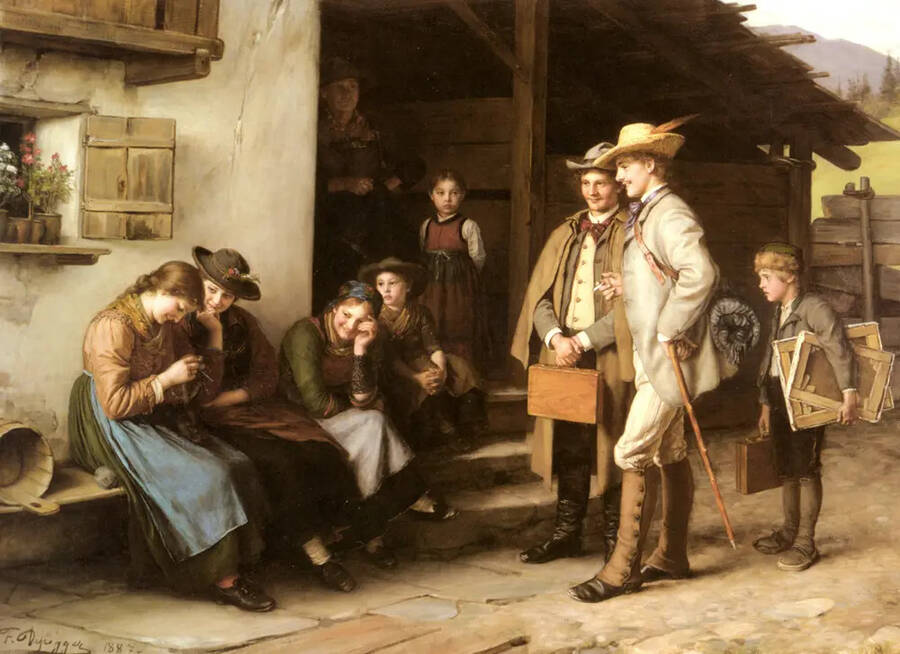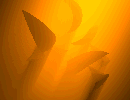Dua Naturae [Latin] – Two Natures
Without contraries is no progression. Attraction and repulsion, reason and energy, love and hate, are necessary to human existence. - William Blake
The Essence of Dualism
Dualism is a spiritual framework that perceives reality as shaped by opposing forces—good and evil, spirit and matter, light and darkness—whose interplay defines existence. It views the human spirit, animated by a life force akin to the ancient pneuma (Greek for breath or spirit) or ruach (Hebrew for spirit), as navigating these polarities to find meaning. From Zoroastrianism’s cosmic struggle to modern psychological interpretations, dualism sees tension as a path to transcendence, distinct from creative spirituality’s artistic expression or social spirituality’s communal bonds. By embracing or resolving opposites, it offers a lens for understanding the universe’s complexity. This exploration delves into dualism’s principles, practices, and role in humanity’s spiritual quest.
Foundations of Dualism
At its core, dualism posits that reality is defined by opposing principles, often in conflict or balance, with the life force (pneuma) manifesting as the soul caught between them. In Zoroastrianism, Ahura Mazda (good) battles Angra Mainyu (evil), shaping a cosmic moral struggle. Gnosticism contrasts the spiritual realm with the flawed material world. Philosophical dualism, like Descartes’ mind-body split, explores consciousness versus physicality. Even modern psychology, with concepts like the conscious and unconscious, echoes dualistic themes. This framework appeals to those who see life’s tensions—between good and evil, self and other—as central to spiritual growth, offering a structured yet dynamic path to transcendence.
Practices and Expressions
Dualistic practices focus on navigating or harmonizing opposing forces. Meditation, as in Taoist yin-yang balance, seeks equilibrium between complementary energies. Rituals in Zoroastrianism, like fire ceremonies, honor the triumph of light over darkness. Ethical reflection, common in Christian dualism, grapples with moral choices between good and evil. Shadow work in modern psychology, inspired by Jung, integrates the unconscious to achieve wholeness. These practices, whether religious or secular, encourage seekers to confront and reconcile opposites, transforming tension into spiritual insight and growth.
Core Practices of Dualism
- Balancing Meditation: Practices like yin-yang meditation to harmonize opposites.
- Moral Reflection: Ethical contemplation to navigate good versus evil.
- Ritual Purification: Ceremonies, like Zoroastrian fire rites, to honor light over darkness.
- Shadow Work: Psychological integration of opposing inner forces for wholeness.
Diversity Across Traditions
Dualism spans religious, philosophical, and cultural contexts. Zoroastrianism’s cosmic battle between good and evil influences many Western traditions. Manichaeism blends Persian and Christian elements, emphasizing light versus darkness. In Christianity, the struggle between God and Satan frames moral dualism. Taoism’s yin-yang philosophy sees opposites as complementary, fostering balance rather than conflict. Modern dualistic thought appears in Jungian psychology, which explores the conscious-unconscious divide. Even secular narratives, like the hero-villain archetype in storytelling, reflect dualistic themes. These expressions highlight dualism’s universal role in grappling with life’s tensions.
Strengths and Challenges
Dualism’s strength lies in its ability to provide clarity, framing life’s complexities as navigable tensions between opposites. It offers a moral or spiritual compass, appealing to those seeking structure in a chaotic world. Its flexibility spans religious and secular contexts, fostering both personal and philosophical growth. However, its emphasis on opposition can foster division, reinforcing rigid categories like good versus evil. It risks oversimplifying complex realities or alienating those who prefer holistic views. Balancing dualism’s clarity with openness to nuance is crucial to avoid dogmatism or polarization.
The Personal and the Collective
Dualism bridges personal and collective experiences. An individual’s moral reflection on good versus evil shapes personal growth, while collective rituals, like Zoroastrian fire ceremonies, unite communities in shared values. The life force—whether divine spirit or ruach—animates this tension, suggesting that navigating opposites connects the self to a larger cosmic order. For example, a Taoist meditating on yin-yang finds personal balance, while a community’s moral code reinforces collective ethics. This duality makes dualism a powerful framework for both inner transformation and shared spiritual purpose.
Dualistic Traditions and Expressions
- Zoroastrianism: Cosmic struggle between Ahura Mazda (good) and Angra Mainyu (evil).
- Taoism: Yin-yang philosophy for balancing complementary opposites.
- Christianity: Moral dualism of God versus Satan or good versus evil.
- Jungian Psychology: Integration of conscious and unconscious for spiritual wholeness.
Dualism in a Modern Context
In today’s world, dualism remains relevant as people navigate moral and existential tensions. Ethical debates, like those over justice or technology’s impact, reflect dualistic struggles between right and wrong. Psychological practices, such as shadow work, gain traction for integrating inner conflicts. Scientific theories, like particle-wave duality in physics, echo dualism’s interplay of opposites. Yet modern pluralism challenges rigid dualistic categories, urging flexibility. For seekers, dualism offers a path to transcendence through confronting life’s tensions, providing clarity in a world of competing forces.
Bridging to Broader Exploration
Dualism, with its focus on opposing forces, builds on creative spirituality’s expressive freedom while contrasting with social spirituality’s communal harmony. It shares intellectual spirituality’s analytical depth but applies it to spiritual tensions rather than pure reason. The series continues with monism, which explores unity over opposition, offering another lens on humanity’s quest for meaning. Dualism’s dance of opposites illuminates the soul’s search for balance in a complex universe.









